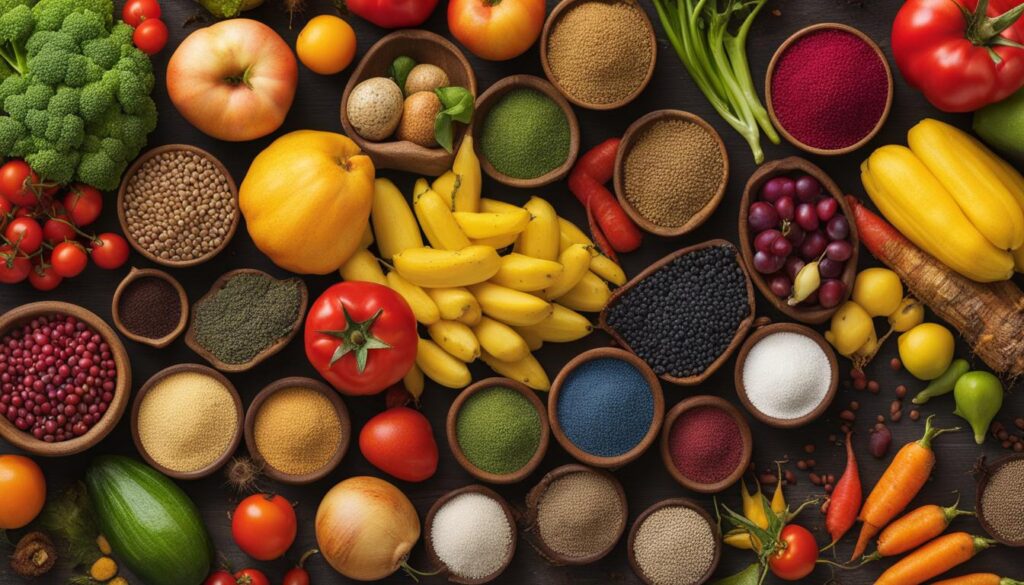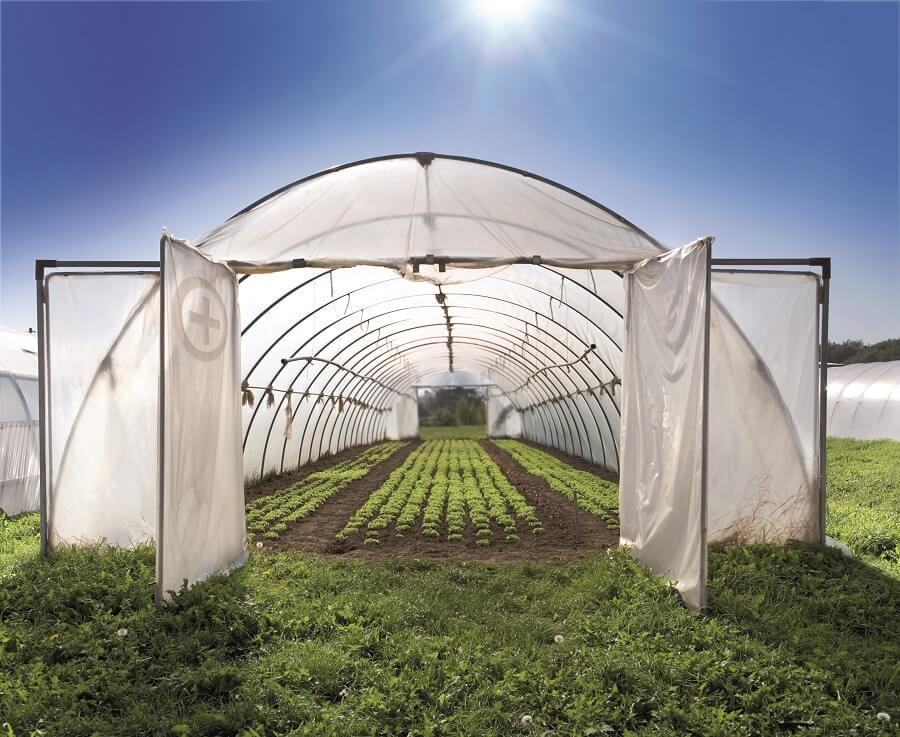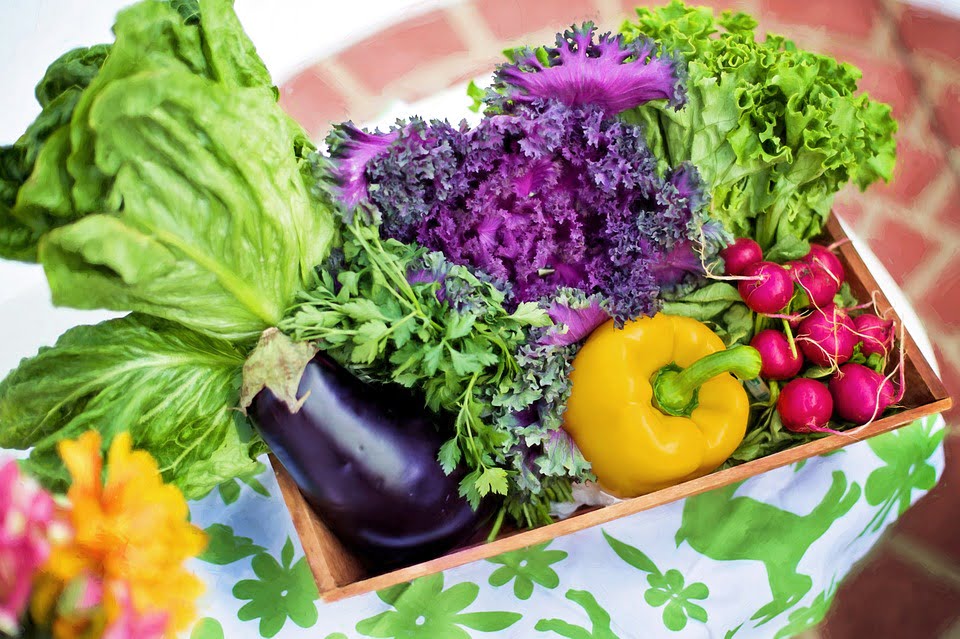Fertilizing indoor plants is crucial for their growth and health. While sunlight and water provide the basics, plants also need essential macronutrients to thrive. Fertilizer replenishes nutrients that may be depleted in the soil and ensures plants receive the nourishment they need for vigorous growth. Indoor plants require regular fertilizer feedings to maintain adequate nutrient levels and encourage disease resistance.
Key Takeaways:
- Proper fertilization is essential for lush growth and plant health.
- Indoor plants require regular fertilizer feedings to replenish essential macronutrients.
- Nutrient depletion and disease resistance are key reasons to fertilize indoor plants.
- Choose the right fertilizer type and feeding frequency for your specific plant needs.
- Consider factors such as plant type, container size, and feeding schedules when selecting fertilizers.
Why Should You Fertilize Indoor Plants?
Fertilizing indoor plants is crucial for their overall health and growth. Unlike outdoor plants, indoor plants spend their lives in pots, which can lead to nutrient depletion in the soil. While sunlight and water provide the basics, plants also need essential macronutrients to thrive. Fertilizer replenishes these nutrients and ensures that plants receive the nourishment they need for vigorous growth and disease resistance.
Indoor plants rely on us to provide them with the necessary nutrients they would otherwise obtain naturally in the wild. The limited access to nutrients in pots can hinder their growth and impact their overall health. Regular fertilizer feedings are essential for maintaining adequate nutrient levels, supporting healthy foliage, and promoting vibrant blooms.
Fertilizing indoor plants not only helps replenish the nutrients that may be depleted in the soil but also plays a vital role in disease resistance. Nutrient deficiencies can weaken plants, making them more susceptible to pests and diseases. By providing the right balance of nutrients, indoor plant fertilization strengthens the plant’s immune system and enables it to resist common pests and diseases.
Benefits of Fertilizing Indoor Plants:
- Ensures plants receive essential macronutrients for growth
- Supports healthy foliage and vibrant blooms
- Strengthens the plant’s immune system for disease resistance
- Promotes overall plant health and longevity
Indoor plants rely on us to provide them with the necessary nutrients they would otherwise obtain naturally in the wild.
In the following sections, we will explore different types of fertilizers and their application methods, as well as essential nutrients for plant health. Understanding these topics will help you make informed decisions when it comes to fertilizing your indoor plants and ensure they thrive in their indoor environment.
How To Fertilize Indoor Plants
Proper fertilization is essential for the health and growth of indoor plants. However, choosing the right fertilizer and determining the feeding frequency can be confusing. There are different types of fertilizers available, each with its own application method and nutrient delivery system. By understanding these options, you can ensure that your indoor plants have the nutrients they need for optimal growth.
Liquid Fertilizers
Liquid fertilizers are popular for indoor plants because they are easy to use and quickly absorbed by the roots. They come in concentrated forms that are diluted with water before application. Follow the instructions on the packaging for the correct dilution ratio and frequency of use. Liquid fertilizers are typically applied every two to four weeks, but this can vary depending on the specific brand and plant type.
Granular Fertilizers
Granular fertilizers are slow-release and provide a steady supply of nutrients over an extended period. They are applied directly to the soil and release nutrients gradually as they break down. This type of fertilizer is ideal for plants that prefer a consistent nutrient supply and can be applied less frequently than liquid fertilizers. Check the packaging for recommended application rates and feeding intervals.
Slow-Release Fertilizers
Slow-release fertilizers consist of coated granules that release nutrients slowly over time. They provide a steady source of nutrients and reduce the risk of overfeeding. These fertilizers are convenient for busy gardeners as they require less frequent application. Follow the instructions on the packaging for the recommended feeding frequency, as different brands may have varying release rates.
| Type of Fertilizer | Application Method | Feeding Frequency |
|---|---|---|
| Liquid | Dilute with water and apply directly to the soil. | Every two to four weeks. |
| Granular | Apply directly to the soil surface. | Varies depending on the brand and plant type. |
| Slow-Release | Apply directly to the soil surface. | Less frequent application due to slow-release properties. |
When selecting a fertilizer for your indoor plants, consider their specific needs, growth stage, and the type of fertilizer that best suits their requirements. Remember to follow the instructions provided by the manufacturer for application rates and feeding frequency. By fertilizing your indoor plants correctly, you can ensure that they receive the necessary nutrients for healthy and lush growth.
Essential Nutrients for Plant Health
When it comes to the health and growth of your indoor plants, understanding the essential macronutrients they need is crucial. These macronutrients are the primary elements that plants require in larger quantities for their development. The three main macronutrients are Nitrogen (N), Phosphorus (P), and Potassium (K), commonly referred to as the NPK ratio.
• Nitrogen (N) is responsible for leafy, green growth. It plays a vital role in photosynthesis, protein synthesis, and chlorophyll production. A deficiency in nitrogen can result in stunted growth, yellowing leaves, and reduced overall plant vigor.
• Phosphorus (P) is essential for root development, flower formation, and fruiting. It aids in energy transfer and plays a crucial role in the conversion of nutrients into cellular components. Without sufficient phosphorus, plants may have poor root growth and produce fewer flowers or fruits.
• Potassium (K) is involved in overall plant health and resistance to stress. It regulates water movement, nutrient uptake, and enzyme activation. Adequate potassium levels help plants withstand drought, disease, and temperature fluctuations. Potassium deficiencies can lead to weak stems, yellowing of leaf edges, and reduced plant vigor.
While these macronutrients are vital for healthy plant growth, it’s also important to consider secondary macronutrients such as Calcium (Ca), Magnesium (Mg), and Sulfur (S), as well as micronutrients like Iron (Fe), Zinc (Zn), and Manganese (Mn). These elements are required in smaller quantities but are equally essential for proper plant development and overall health.
To ensure your plants receive the ideal combination of macronutrients, look for a balanced fertilizer with an equal or close to equal NPK ratio. A well-balanced fertilizer will provide the necessary nutrients in the right proportions to support healthy, lush growth. However, keep in mind that different plants may have specific nutrient requirements. For example, flowering plants typically benefit from higher levels of phosphorus to promote abundant blooms.
Table: Essential Macronutrients and their Functions
| Macronutrient | Function |
|---|---|
| Nitrogen (N) | • Promotes leafy, green growth • Essential for photosynthesis and chlorophyll production • Aids in protein synthesis |
| Phosphorus (P) | • Supports root development • Promotes flower formation and fruiting • Facilitates nutrient conversion into cellular components |
| Potassium (K) | • Regulates water movement and nutrient uptake • Activates enzymes • Enhances overall plant health and stress resistance |
Tips for Buying Fertilizer
Choosing the right fertilizer for your indoor plants can make a significant difference in their growth and overall health. Consider the following tips when buying fertilizer to ensure you provide the best nourishment for your plants:
1. Know Your Plant Type
Different plants have varying nutritional needs. Before purchasing fertilizer, identify the specific type of indoor plant you have. Some plants, like orchids or African violets, require specialty fertilizers formulated to meet their unique nutrient requirements. Research the specific needs of your plants to select the most suitable fertilizer.
2. Consider Container Type
The type and size of the container your indoor plant is in can affect the fertilizer you choose. Liquid fertilizers are convenient for smaller containers as they can be easily applied during regular watering. Granular or extended-release fertilizers are better suited for larger containers or fast-growing plants as they provide a slow, steady release of nutrients over time.
3. Align Feeding Frequency with Watering
It’s important to feed your indoor plants consistently to maintain optimal nutrient levels. Consider your watering schedule when deciding on the feeding frequency. If you water your plants once a week, choose a fertilizer that recommends a similar feeding frequency. This ensures a consistent supply of nutrients to support healthy growth.
4. Read and Follow Instructions
Each fertilizer brand may have specific instructions for application and dosage. Before using any fertilizer, carefully read and follow the instructions on the packaging. Over-fertilizing can be harmful to your plants, so it’s crucial to apply the correct amount and follow the recommended guidelines.
By considering your plant type, container, feeding frequency, and following instructions, you can efficiently choose the right fertilizer for your indoor plants. Providing them with the proper nutrients will promote lush growth and ensure their overall well-being.
Can the Techniques for Growing Plants Indoors in Winter Also Apply to Spraying Indoor Plants for Lush Growth?
Yes, the techniques for growing plants indoors in winter can also apply to spraying indoor plants for lush growth. Proper temperature, humidity, and light control are vital for both activities. Using a suitable fertilizer and misting the plants will also help in ensuring healthy and thriving indoor greenery.
Conclusion
Fertilizing your indoor plants is crucial for achieving lush growth and maintaining their overall health. By providing them with the necessary macronutrients, you can ensure that they thrive in your home environment. Understanding the different types of fertilizers available, the essential nutrients your plants need, and the proper buying techniques will help you effectively fertilize your indoor plants.
Remember to consider the specific needs of your plants when selecting a fertilizer. While general indoor house plant fertilizers work well for most plants, certain varieties like orchids, African violets, and succulents may require specific fertilizers tailored to their unique needs. The size and type of container also play a role in determining the best fertilizer choice for your plants. Liquid fertilizers are ideal for smaller containers, while granular or extended-release fertilizers work better for larger or fast-growing plants.
Feeding frequency is another important factor to consider when fertilizing your indoor plants. Aligning the feeding schedule with watering and other care routines will ensure a consistent nutrient supply. By following these guidelines and providing your plants with the right nutrients at the recommended intervals, you can enjoy vibrant, healthy growth in your indoor garden.
FAQ
Why is fertilizing indoor plants important?
Fertilizing indoor plants is important because it replenishes essential nutrients that may be depleted in the soil and ensures plants receive the nourishment they need for vigorous growth and disease resistance.
What types of fertilizers are available for indoor plants?
There are various types of fertilizers available for indoor plants, including liquid fertilizers, granular fertilizers, slow-release fertilizers, and foliar fertilizers.
How do I choose the right fertilizer for my indoor plants?
When choosing a fertilizer for indoor plants, consider factors such as the type of plant, growing container, and feeding frequency. Read the packaging instructions to ensure proper nutrient delivery and feeding frequency.
What essential macronutrients do indoor plants need?
Indoor plants need macronutrients such as Nitrogen (N), Phosphorus (P), and Potassium (K), as well as secondary macronutrients and micronutrients. The NPK ratio on fertilizer packaging indicates the proportion of these main macronutrients.
Do different plants require different fertilizers?
While general indoor house plant fertilizers work well for most houseplants, specific plant types such as orchids, African violets, and succulents may require variety-specific fertilizers.
How does the size and type of container affect fertilizer choice?
Liquid fertilizers are better suited for smaller containers, while granular or extended-release fertilizers are ideal for larger or fast-growing plants.
How often should I fertilize my indoor plants?
Feeding frequency should align with watering and feeding schedules to ensure consistent nutrient supply. Follow the recommended intervals on the fertilizer packaging.










